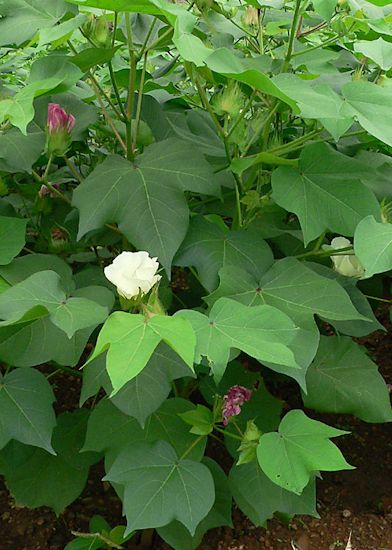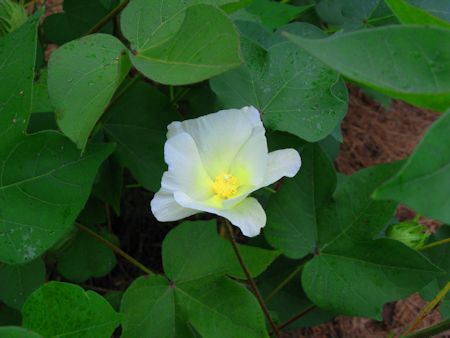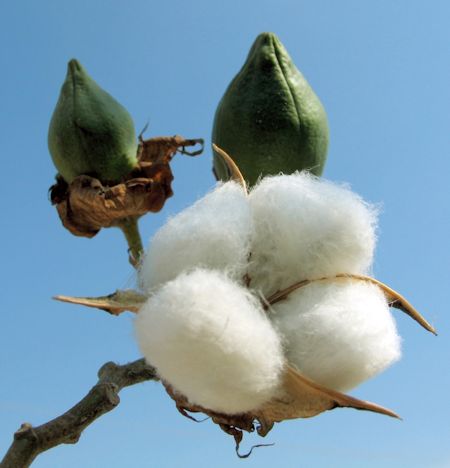Cotton Honey is Easy to Whip!
Cotton honey naturally has a high concentration of dextrose type sugars that encourage quick and fine granulation.
These natural properties of honey made from cotton nectar make it a sure choice for creamed style or whipped honey. Creamed honey can be made by encouraging a honey to granulate very finely using various methods. These fine sugar crystals give the honey a whitish color and heavier, nearly solid yet spreadable consistency that many people like.
Cotton is a versatile plant that has been grown for thousands of years for commercial purposes. In addition to providing good honey plant potential in many regions this plant is of commercial interest for its soft, white, and highly prized fiber as well as oil that may be pressed from the cotton seed.

WHIZZ NOTE: The love for cotton honey is spreadable… you better watch out!
Flavor... is much like the sap of the cotton plant when first gathered; reminds me of freshly cut grass. As this honey ripens the green cotton flavor disappears and it becomes very sweet with buttery and creamy tones, finishing with a definite tang. You can almost detect the flavor changing if you hold cotton honey in your mouth.
Color... is typically very light, white to pale amber.
Storage... This honey contains a higher concentration of dextrose sugars making it granulate quickly with relatively small sugar crystals. This characteristic makes this honey well suited as a creamed honey.
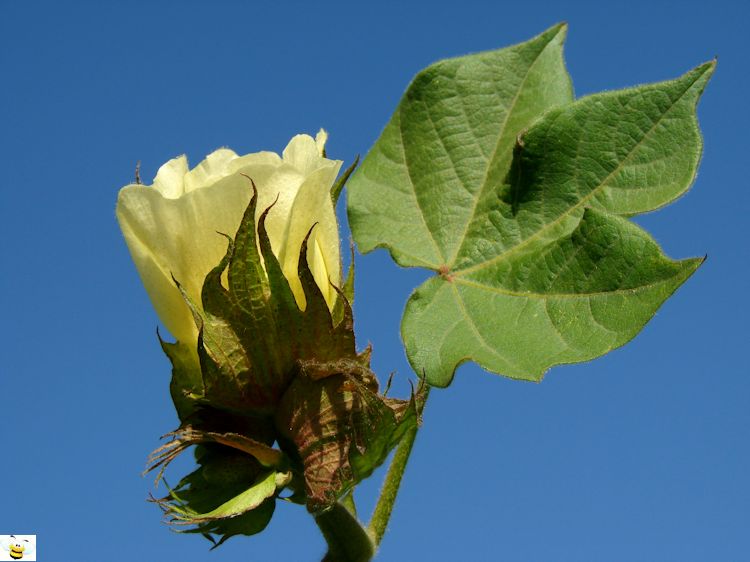
Plant:
The cotton plant is a tropical plant of the mallow family so is related to okra and cocoa. It is grown by rows in large fields commercially for its soft white fiber, cotton seed oil, and cotton seed meal.
The plant is a shrub that varies in size depending on the specific variety but may be found between two to six feet tall. Each dark green leaf will typically be about three to four inches across and have three major lobes.
Cotton is not a very hardy plant and is hard to grow organically. Farmers usually rely heavily on herbicides, fertilizers, and insecticides to successfully produce a crop.
Bloom:
Cotton blossoms are large with many varieties pink tinged as the flower begins to open changing it brilliant white or yellow when the flower matures. This plant flowers as the shrub grows so will begin blooming in June and continue until frost freezes and kills the plant.
Location:
Cotton is a tropical plant so it does well in warm temperate climates. In the USA, cotton honey is commonly produced across the Arkansas Delta, into Texas and southern California.
World Supply of Cotton Honey comes from the Americas, Africa, and Central Asia.
Honey and Pollen Potential:
The honey production potential of the cotton plant relies heavily on ideal conditions for a good reliable nectar flow. Soil, climate, and weather changes can affect a good nectar flow to a large degree. Areas that are able to irrigate typically are more reliable.
The Black Prairie area of Texas yields abundant cotton nectar and puts Texas at the top as a cotton honey producer. Cotton honey is nearly one fifth of the entire honey crop of this state.
The challenge for a beekeeper is really summed up by the fact that cotton is primarily grown for its soft cotton fiber and does not rely on pollination services of the honey bee to produce a crop. The cotton farmer has little commercial incentive to be concerned about your honey bees.
As mentioned earlier it is common to use many chemicals on cotton to keep it healthy including insecticides. If fact, more pesticides are used on cotton than any other single crop in the US.
Make certain that you have a good working relationship with the cotton farmer so that you can benefit from the nectar flow without losing your honey bees to spray.
Given a good working relationship with your local farmer and a good nectar flow conditions... a beekeeper may harvest up to 100 lbs per hive on cotton.

Did you know that the honey bee will collect nectar from internal and external locations on the cotton plant? Internal meaning from inside the flower as usual and external meaning from secretions along the underside of the leaf or at the outside base of the flower!
Cotton is not a good surplus pollen source... only producing a small amount for the honey bees to use in brood rearing. Cotton pollen will usually be nearly white to yellow or orange... depending on the variety.
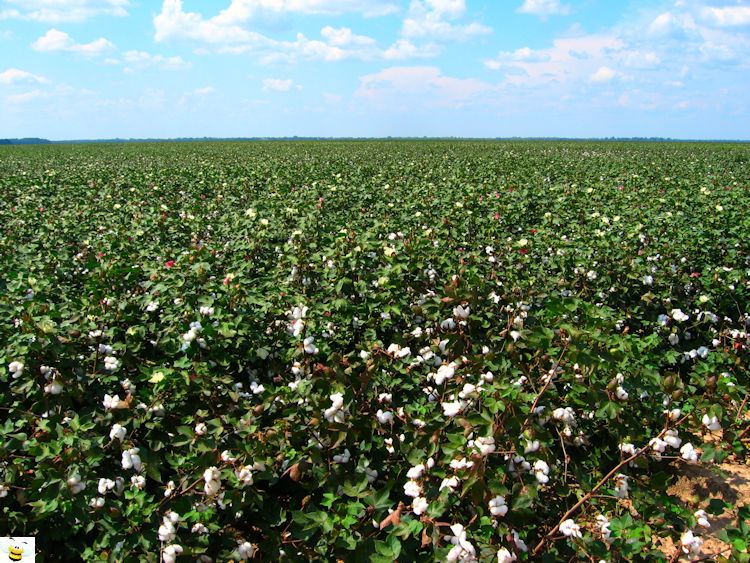
You will likely find cotton honey in creamed form because of its quick granulation properties. This formation of crystals does not damage the flavor or quality of any variety of honey.
In this spreadable form... you will find that it pairs well with toast, biscuits, or pancakes.
Honey › Good Honey Plants › Cotton Honey
